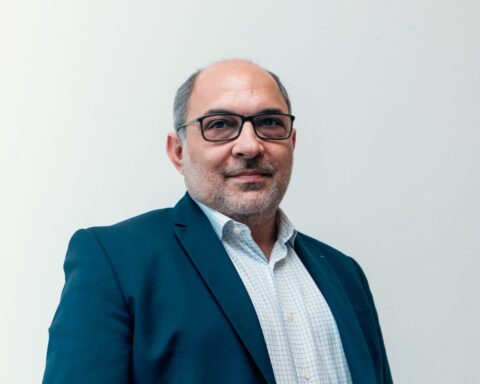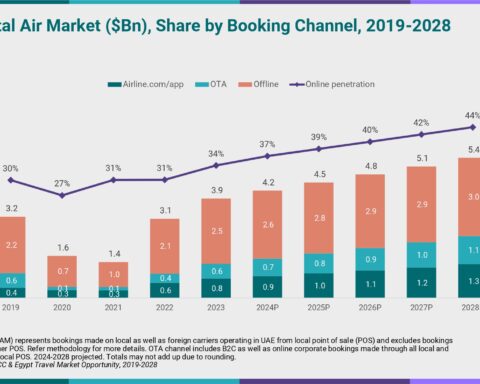There is no safe form of tobacco use and young people are particularly vulnerable to developing a strong addiction to nicotine, says an expert from global health system Cleveland Clinic, speaking ahead of World No Tobacco Day, arranged by the World Health Organization (WHO) each year on 31 May.
According to the WHO, which this year aims to give a platform to young people across the world to “urge governments to shield them from predatory tobacco marketing tactics,” children are using e-cigarettes, or vaping, at rates higher than adults in all regions. Worryingly, the health body estimates that, globally, 37 million young people aged 13 to 15 years use tobacco.
“Young people are at particular risk from smoking or vaping, as doing so as a child or teenager can have life-long effects on brain development,” says Cleveland Clinic pulmonologist Humberto Choi, MD.
All forms of nicotine use have health risks, from vaping liquid nicotine and chewing tobacco to smoking cigarettes and shisha – even occasionally or without inhaling, Dr. Choi says. He points out that anything containing nicotine is addictive, and almost all nicotine-delivery methods also contain chemicals such as acetaldehyde and formaldehyde, known to cause cancer, and acrolein, diacetyl and diethylene glycol, known to cause lung disease.
“Vaping is particularly challenging as we do not yet know the full implications for health, even though it has already been linked to acute lung inflammation, strong levels of addiction and dental problems, among others, and we know that the many of the same mechanisms that cause lung issues in smoking are involved,” says Dr. Choi.
In addition to the harm from the chemicals and additives in vapes, Dr. Choi points out that some vaping liquids contain very high levels of nicotine, making them very addictive, and that vapes are often more tolerated in public spaces, with more opportunities for a quick puff. The result is that individual consumption may be higher than is the case with cigarettes, for example.
Short and long-term consequences
Dr. Choi adds that there are short- and long-term dangers associated with tobacco use. Short-term effects could include a persistent cough, asthma attack and acute lung inflammation, while long-term use could see the user develop conditions such as heart disease and emphysema.
Particularly concerning, though, is developing an addiction at a young age. “Using nicotine as a teenager can have life-long effects on brain development,” Dr. Choi cautions. “Studies suggest that smoking from a young age could increase the likelihood for prolonged tobacco addiction or the risk of addiction to other problematic substances. In addition, the compulsion to smoke can interfere with concentration and daily life. Another issue is that young people might be using tobacco to self-medicate if they have anxiety or depression, thereby masking the symptoms so that the condition remains undiagnosed and untreated.”
Dr. Choi points out that the harmful effects of nicotine use are cumulative, and people often do not realize the extent of the harm they are doing to themselves until they develop a chronic health condition.
“No matter which type of nicotine delivery method individuals are addicted to, or the frequency of use, they can benefit from quitting at any point, but the earlier the better,” says Dr. Choi. “Research has shown that no amount of smoking is risk-free and even light smokers can develop deadly lung diseases, while even a new smoker can develop inflammation and damage to their lungs.”
Dr. Choi encourages parents to keep the lines of communication open, so that they can talk to their children about the risks of using tobacco, and also offer support to quit if needed.
“Giving up nicotine can be really difficult and people often make several attempts before they are successful,” says Dr. Choi. He adds that there is no ‘one size fits all’ solution, which is why programs such as Cleveland Clinic’s Smoking Cessation Program take a comprehensive and multipronged approach.












